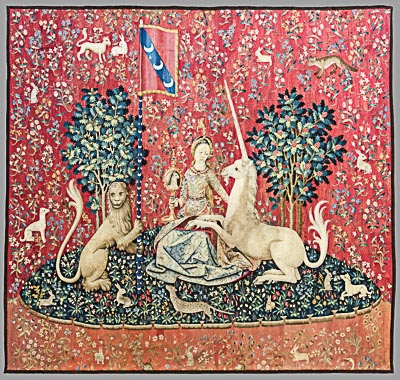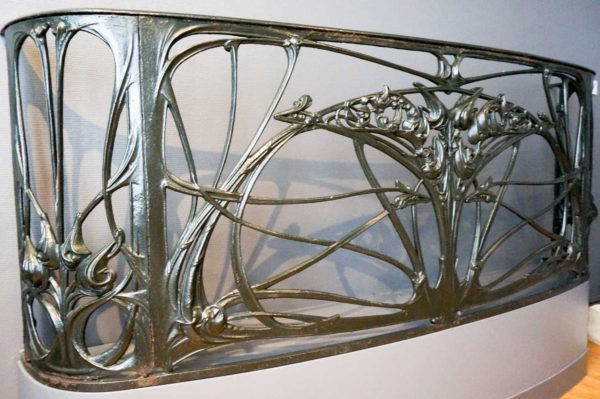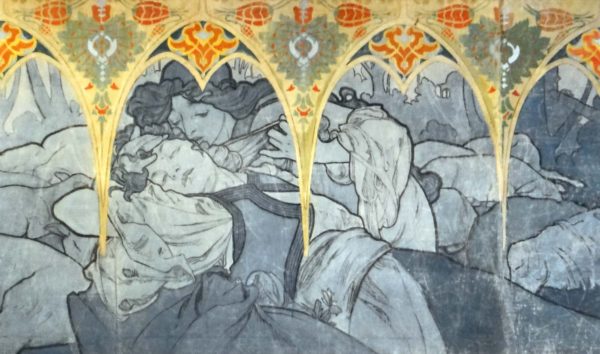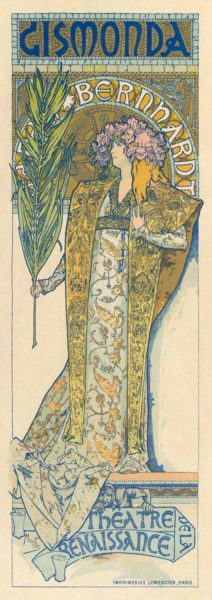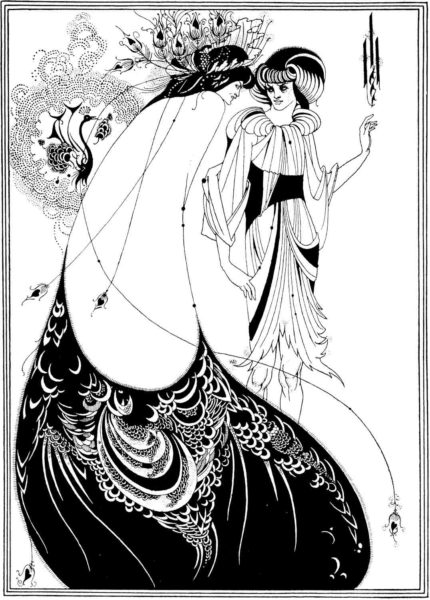I bet there are times when people are forced to make a choice about whether to visit Paris or London. Usually there just isn’t enough time in their holiday schedule to visit both. So, the decision is made to maximize their stay in one or the other city. But which one to choose?
In 2013, I wrote back-to-back blogs on why I like (or dislike) London and Paris. Each blog made the case for a respective city. Here we are in the dog days of summer, and everyone is traveling to Europe when the majority of Europeans are on holiday. What better time to combine those prior blogs and reprint my arguments for visiting each city.
 France Today has invited you to view the video of my 6 June 2024 presentation, DOUBLE CROSS.
France Today has invited you to view the video of my 6 June 2024 presentation, DOUBLE CROSS.
It is the story of the successful deception by Allied double agents to fool Hitler into thinking the Normandy invasion was a diversion with the real invasion taking place elsewhere.
HOW TO VIEW THE FREE VIDEO
Members:
Click here to view.
Non-members:
Click here to view.
(viewing this video is free for 30-days)
FranceMedia Group publishes magazines, both in print and digitally, that cover various aspects of France. Their brands include France Today, Complete France, Bonjour Paris, French Entrée, Taste of France, France PropertyShop, and French Property.
Click here to visit the FranceMedia Group web-site.
Did You Know?
Did you know that dogs have been our friends for more than 12,000 years? They hunt with us, protect us, and despite how bad our day has been, they still love us. Dogs were the first domesticated animal and by medieval times, they were embedded in our homes (and castles). Think about the medieval tapestries you’ve seen in museums. There is always a loyal dog in the picture.
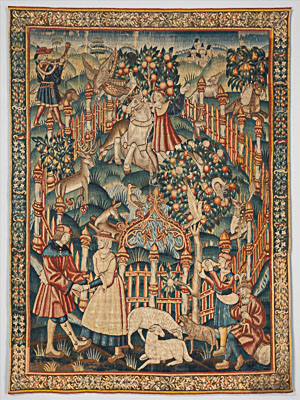
In the tapestries and paintings with dogs, we typically know the names of the human subjects but how often do we know the dog’s name? Did the dogs even have names back then? You bet they did according to a 15th-century manuscript titled, “The Names of All Manner of Hounds.” The author lists 1,065 names given to medieval dogs and you’ll see they are quite ingenious.
